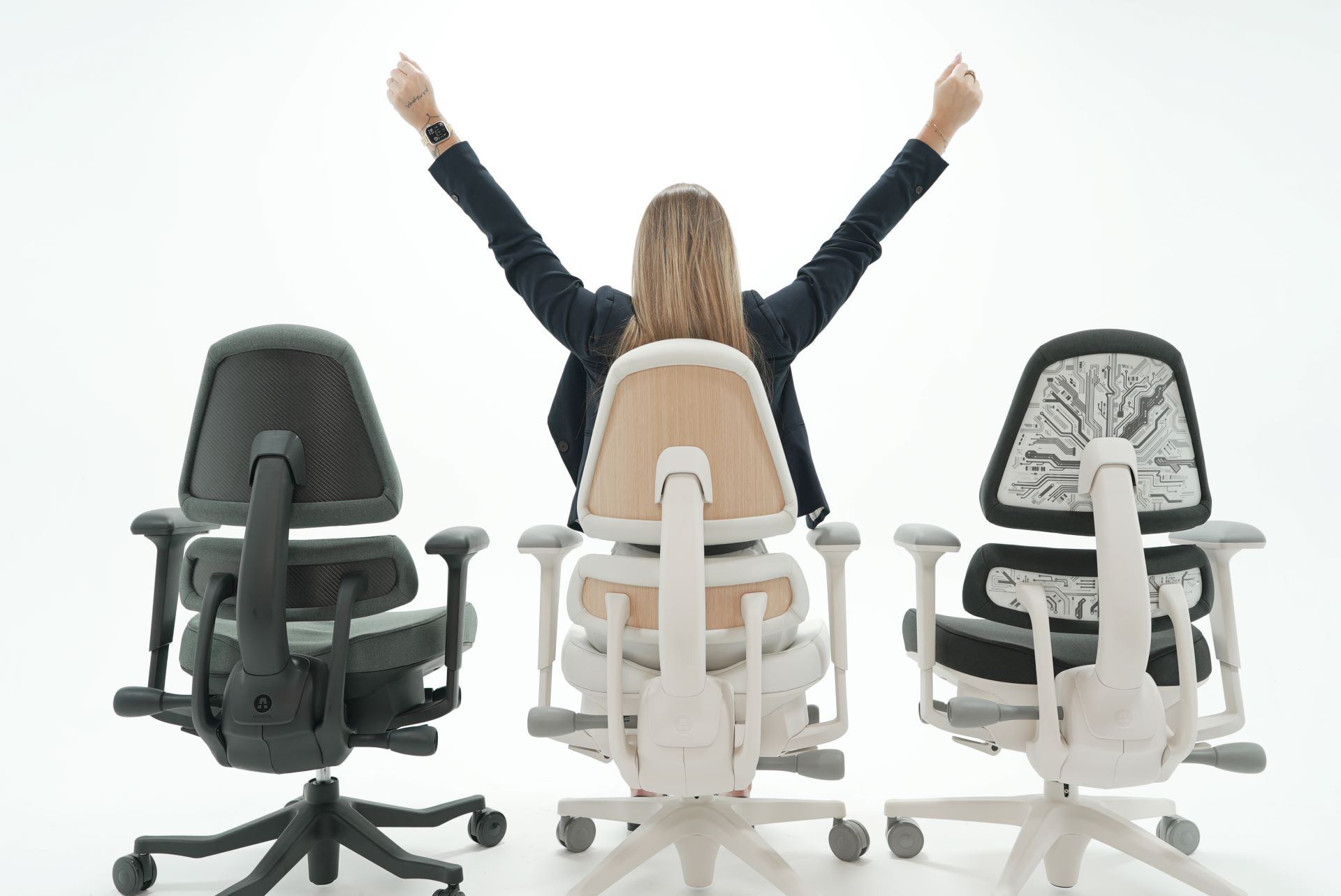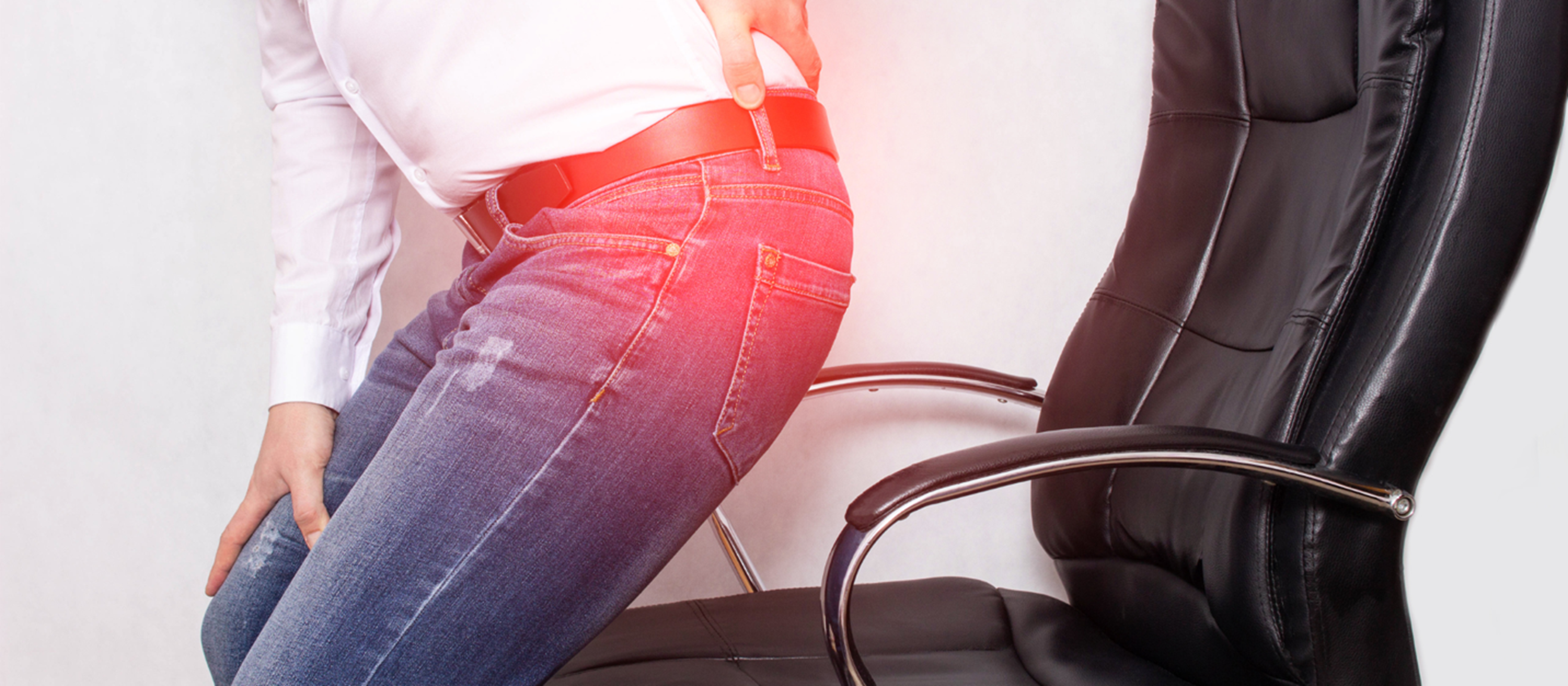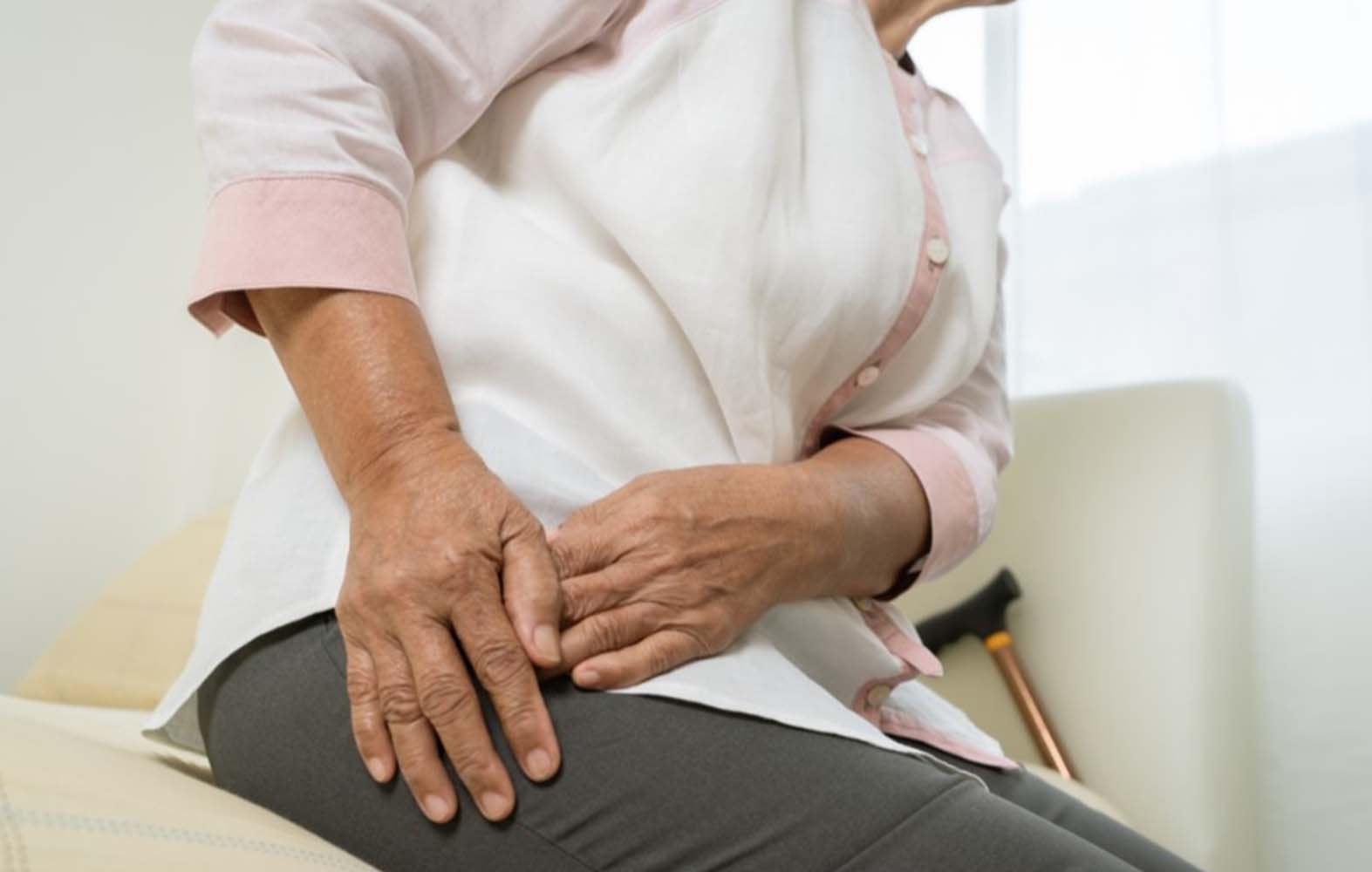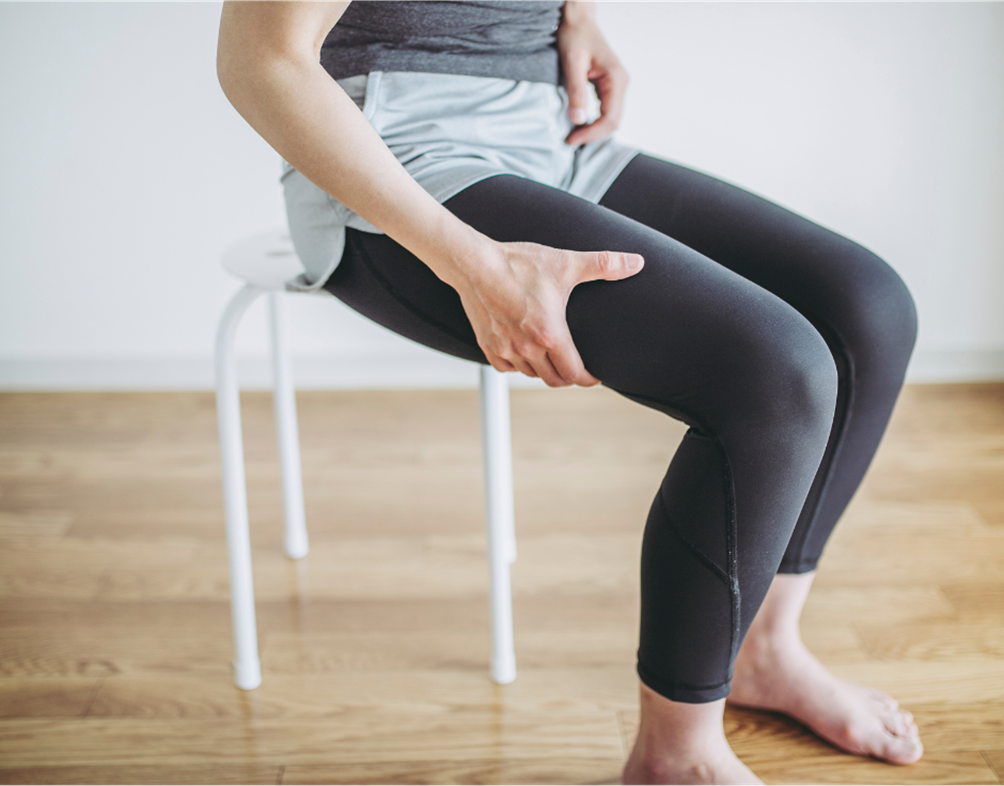Comfortable sitting is an important priority, particularly for those who sit for work, day after day. The importance increases for those who live with hip pain. With hip pain, it can be difficult to sit comfortably and often standing doesn’t provide relief. So, what is the solution? Today we will explore the essential features of a comfortable chair and potential pitfalls to watch out for.
Understanding the causes of Hip Pain
There are various causes of hip pain, and it can come directly from the hip area or it can be referred pain from another area.
Osteoarthritis- This is the most common arthritis in the hip. It happens when the cushioning cartilage breaks down over time. It can happen with repetitive stress, aging, obesity, and joint injury.
Bursitis- This pain is caused by inflammation of the bursae, the small fluid-filed sacs that reduce friction between tendons, muscles, and bones.
Injury- Any tear or strain of surrounding muscles or tensons around the hip.
Sciatic Pain- The sciatic nerve has roots in the lower back. If these nerve roots get compressed due to persistent poor posture, it results in radiating pain in the low back, buttocks, and hip.
Sitting Well with Hip Pain- What Can Help?
Although there are other causes of hip pain not mentioned, it can be inferred that keeping the body in as much alignment as possible may provide relief. So, for those who must sit all day for work, the office chair becomes extremely important. There are features to be aware of when seeking a better sitting solution.
Adjustability: Make sure that your chair offers plenty of adjustability options, so you can fine-tune its settings. Customizing your chair to suit your unique requirements can make a remarkable difference in your overall comfort and well-being.
A Two-Part Back System: A two-part back system on an office chair offers better support by giving you adjustability options on two different sections of your spine – the pelvis and the upper back. The adjustability allows you to personalize the support for your own body type.
Pelvis Support: The pelvis angle determines the position of the spine. When the pelvis is positioned in a neutral posture, the spine follows into an upright position. Supporting the pelvis in this position encourages a neutral posture, and also encourages a neutral leg position. This reduces pressure on the lumbar region and helps to distribute weight evenly through the legs.
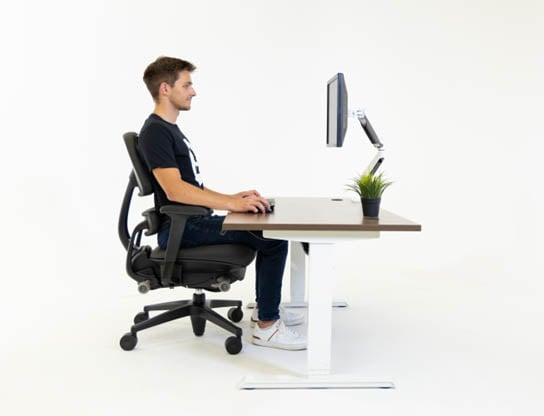
Cushioning: The seat cushion is crucial. A contoured, high-density foam cushion is a smart choice, providing softness and adequate support. The seat should support your hips and thighs properly which can help alleviate painful pressure points.
Tilt System: A tilt system is the preferred choice over a reclining system because it maintains an aligned posture in a resting position. Unlike reclining chairs that cause the pelvis to rotate backwards, resulting in a slouched posture that can cause low back pressure and possible sciatic nerve compression.
What to watch out for when you suffer with Hip Pain

Low-Quality Chairs: Don't sacrifice quality for price. Consider the consequences. While they may seem to save you money, they can lead to lots of discomfort and health issues down the road.
One-Size-Fits-All: Sitting in a chair that doesn't adapt to your body can lead to discomfort, backaches, hip pain, and even chronic pain.
Hard or Mesh Seats: Your choice of seat cushioning can make or break your sitting experience. When you sit on a chair that is unforgiving, the pressure on your buttocks and hips increases and can irritate the piriformis muscle resulting in compression of the sciatic nerve, leading to pain and discomfort.
Non-Supportive Chairs: Ergonomics is a critical factor in your well-being, especially during long hours at the desk. Non-supportive chairs may have style, but they often don’t give you the necessary support for maintaining proper posture.
Sitting comfortably with hip pain requires a well-designed office chair. Investing in a quality chair isn't just about comfort; it's about safeguarding your long-term health and productivity. Your body will thank you for it in the long run.
References:
1. Lewis, C. L., Khuu, A., & Marinko, L. N. (2015). Postural correction reduces hip pain in adult with acetabular dysplasia: a case report. Manual therapy, 20(3), 508-512.
2. Adedoyin, R. A., Idowu, B. O., Adagunodo, R. E., Owoyomi, A. A., & Idowu, P. A. (2005). Musculoskeletal pain associated with the use of computer systems in Nigeria. Technology and health care, 13(2), 125-130.
Recent Post

Anthros Decompress Mode: A New Way to Sit, Move, and Recover
December 23, 2025Adding a cushion to your office or gaming chair...
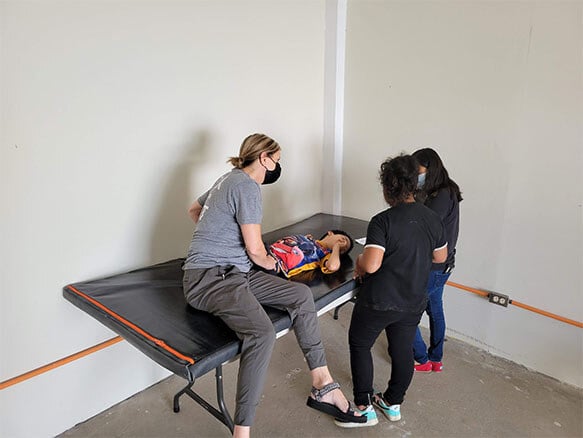
Four Lessons About Seating Everyone Can Learn from Wheelchair Users
September 18, 2025Working with wheelchair users has been an...
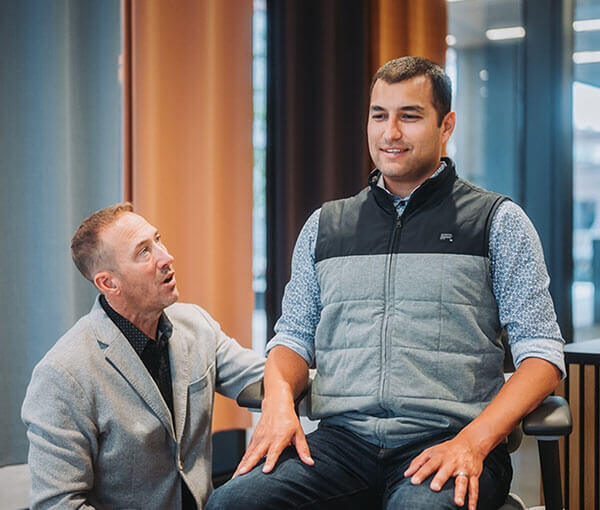
People Over Profits: Why Anthros Puts Comfort and Care First
September 17, 2025At Anthros, our mission is simple: to put people...





